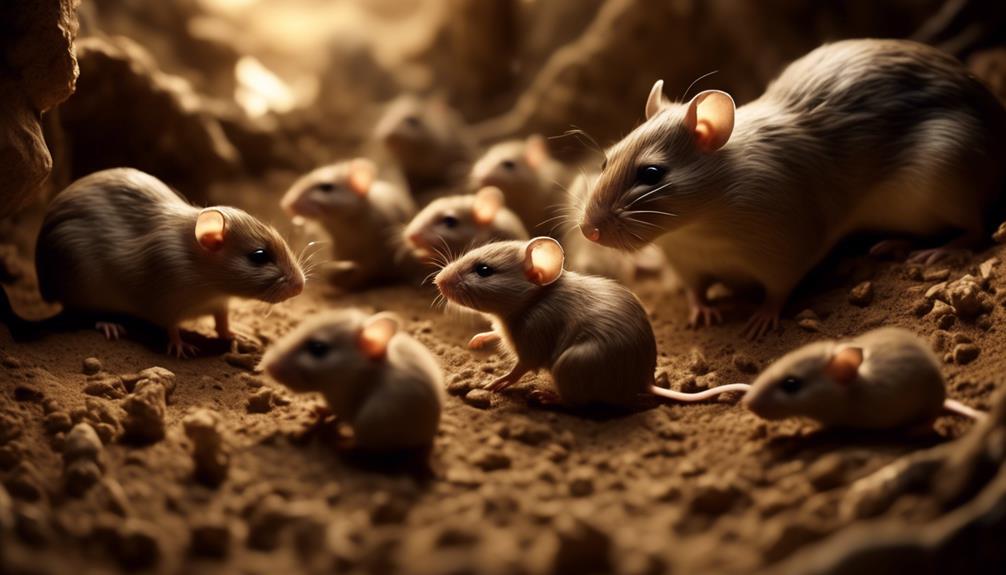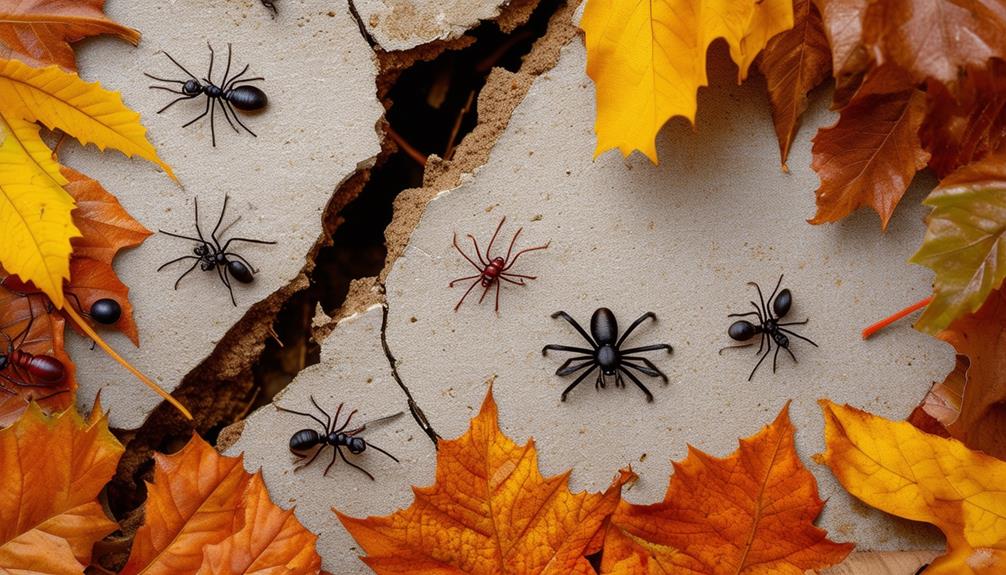Are you curious about the lifespan and reproduction cycle of rodents? Ever wondered just how fast they multiply?
Well, get ready to be amazed as we explore the world of these small yet prolific creatures. From their relatively short lifespans to their unique reproductive strategies, there is so much to uncover.
But what factors contribute to their population growth? And what surprising statistics will leave you astonished?
Get ready to delve into the fascinating world of rodents and discover just how quickly they can multiply.
Key Takeaways
- Rodents have a relatively short lifespan, averaging around 2-3 years, but this can vary among species.
- Factors such as genetics, diet, and environment play a role in determining the lifespan of rodents.
- Rodents have a rapid reproductive cycle and can breed throughout the year.
- Understanding the factors influencing the reproductive cycle and population growth of rodents is crucial for effective population control and management.
Lifespan of Rodents
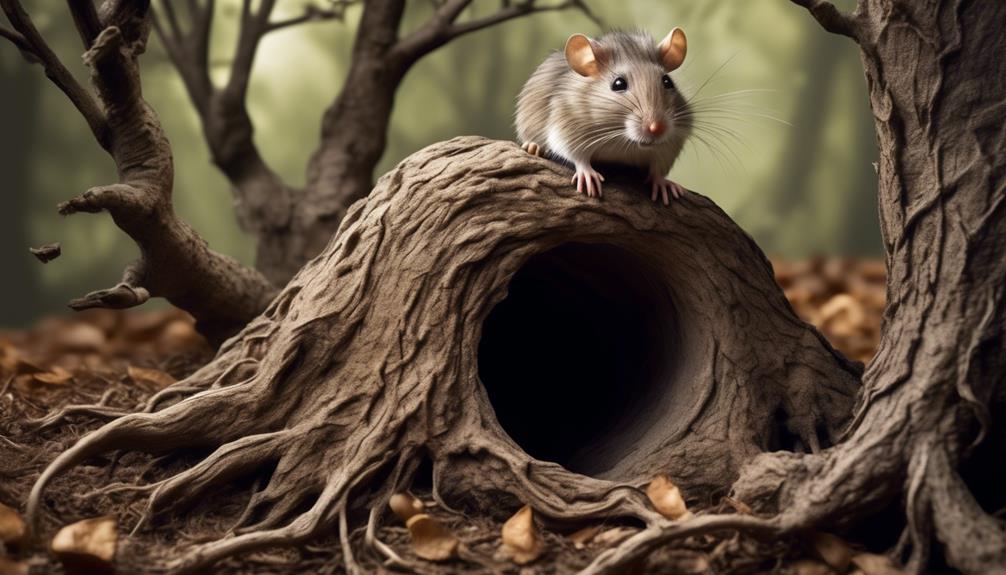
The lifespan of rodents varies depending on the species, but on average, they live for about two to three years. However, it’s important to note that this is a general estimate and there are exceptions.
Rodent aging process is influenced by various factors, including genetics, diet, and environmental conditions. In captivity, where rodents are provided with optimal care and nutrition, their life expectancy can be extended. On the other hand, in the wild, rodents face numerous challenges such as predation, disease, and limited resources, which can significantly impact their lifespan.
It’s also worth mentioning that different species of rodents have different lifespans. For example, mice typically live for about one to two years, while larger species like rats can live for up to three years.
Reproduction Cycle of Rodents
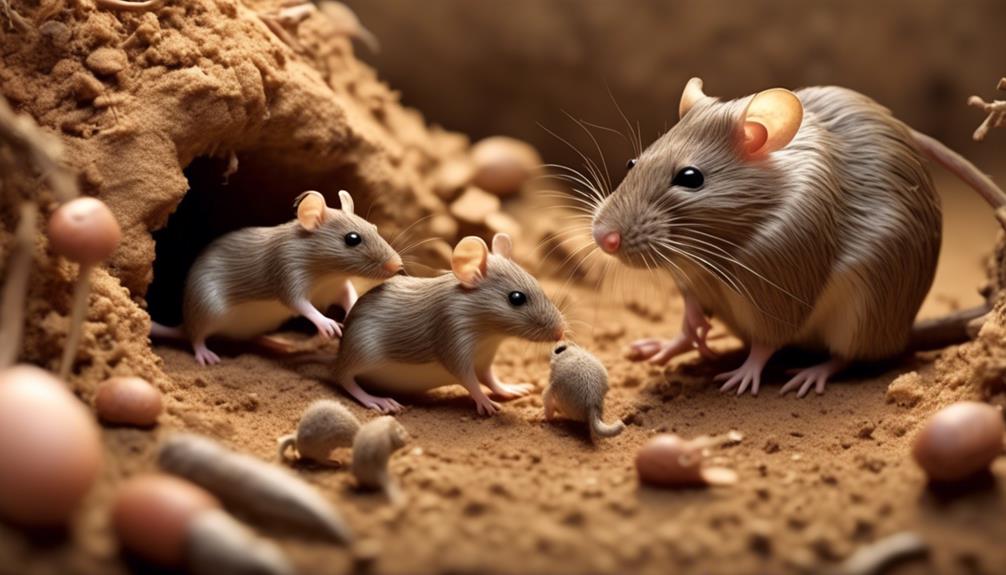
Considering the lifespan of rodents, it’s important to now explore their reproductive cycle, as it plays a crucial role in understanding their overall life history.
Rodents, like mice and rats, have a rapid reproductive cycle that allows them to multiply quickly. They exhibit high breeding rates and can reproduce throughout the year, depending on the availability of resources and environmental conditions. Rodent breeding patterns are influenced by factors such as social structure, resource abundance, and hormonal changes.
Gestation periods in rodents vary depending on the species, but generally range from 18 to 23 days. During this time, the female rodent undergoes physiological changes to support the growth and development of the embryos.
Understanding the reproductive cycle of rodents is essential in managing their populations, as it helps in predicting their population dynamics and implementing effective control measures.
Factors Affecting Rodent Population Growth
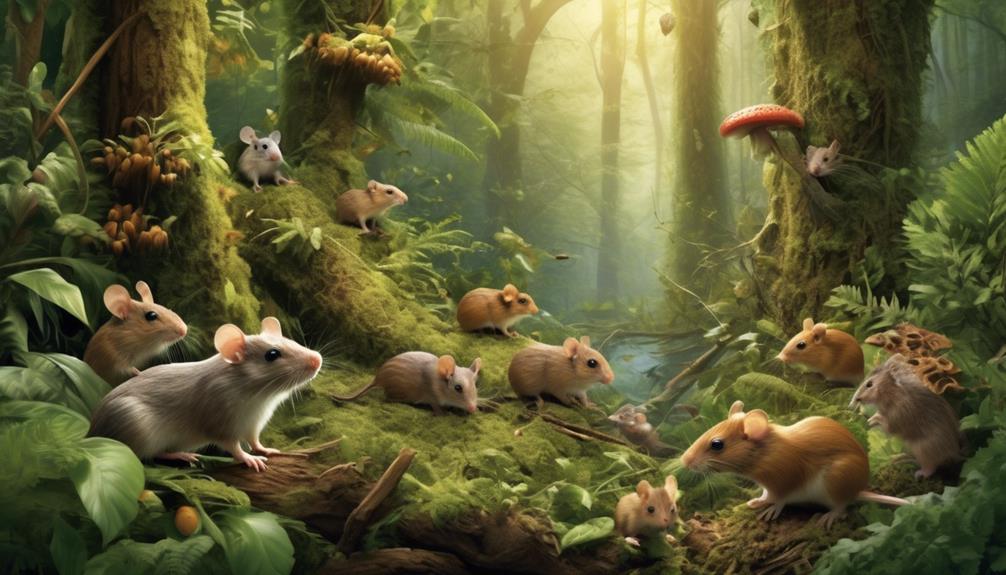
Factors influencing the growth of rodent populations include resource availability, environmental conditions, and social dynamics.
Resource availability plays a crucial role in determining the population size of rodents. Food availability, for instance, directly affects their reproductive success and survival rates.
Environmental conditions, such as temperature, humidity, and access to water, also impact rodent population growth. These factors influence their ability to find suitable habitats and establish breeding territories.
Additionally, social dynamics, such as competition for resources and interactions within the population, can affect the growth of rodent populations.
Understanding these factors is essential for effective rodent population control. Overpopulation of rodents can have severe environmental impacts, including damage to crops, transmission of diseases, and destruction of habitats.
Rodent Reproductive Strategies
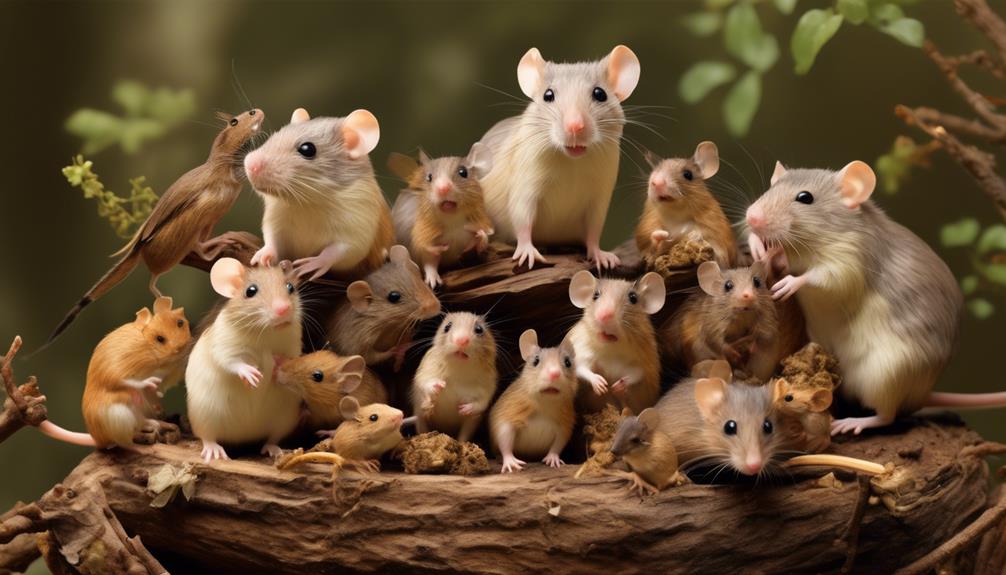
Rodents employ various reproductive strategies to ensure the survival and proliferation of their species. These strategies include specific mating behaviors and parental care.
When it comes to mating, rodents exhibit a range of behaviors that aid in finding suitable partners and maximizing reproductive success. Some species, like voles, engage in monogamous relationships where a male and female form long-term bonds and share parental responsibilities. Other species, such as mice, exhibit polygamous behaviors, where males mate with multiple females.
In terms of parental care, rodents display a wide range of strategies. Some species, like rats, provide extensive care to their offspring, including nursing, grooming, and protection. However, other species, like hamsters, have minimal parental involvement, with the mother providing basic care for a limited period.
These reproductive strategies are crucial for the survival and propagation of rodent populations.
Surprising Statistics: Rodent Multiplication Speed
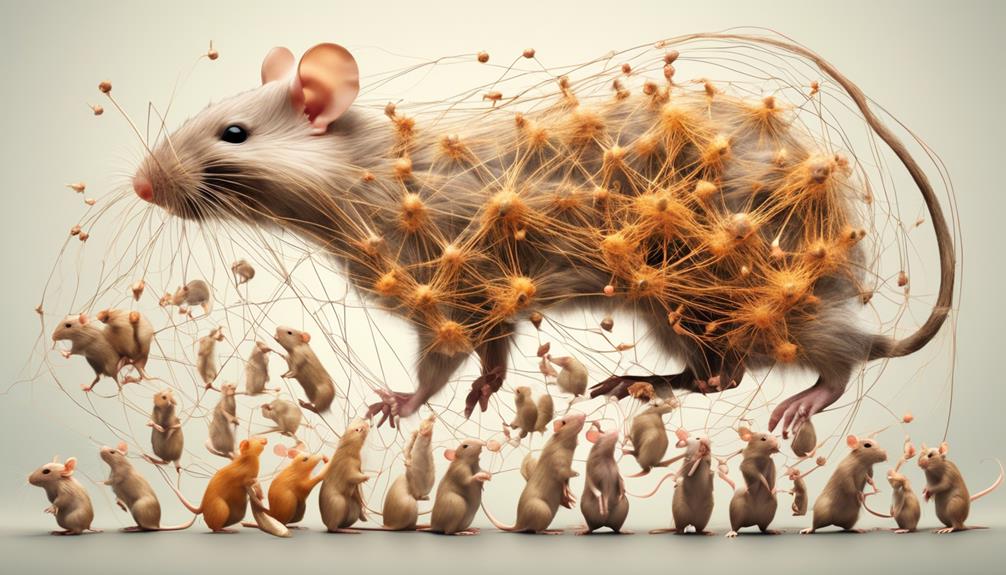
After exploring the diverse reproductive strategies employed by rodents, it’s fascinating to examine the remarkable speed at which they’re able to multiply. Rodents, known for their ability to reproduce rapidly, can quickly populate an area if not controlled. This poses a challenge for ecosystems and human populations alike.
Rodent population control measures are essential to prevent the negative impacts of their rapid multiplication. Without effective control, rodents can cause extensive damage to crops, structures, and even spread diseases. The speed at which they reproduce can lead to exponential growth, overwhelming their habitats and competing with other species for resources.
The impacts of rapid rodent multiplication on ecosystems are significant. As their population increases, rodents can disrupt the balance of an ecosystem by outcompeting native species for food and habitat. This can lead to the decline or even extinction of certain species, causing a cascade of effects throughout the ecosystem.
Frequently Asked Questions
What Are the Common Diseases That Affect the Lifespan of Rodents?
Common diseases can impact the lifespan of rodents. Factors like diet and habitat play a role in their longevity. Additionally, genetic factors can influence their susceptibility to diseases, making it crucial to consider these factors for their well-being.
How Do Rodents Adapt Their Reproductive Strategies in Urban Environments?
In urban environments, rodents adapt their reproductive strategies to maximize survival and population growth. They may have shorter gestation periods, larger litter sizes, and increased frequency of breeding, all aimed at rapid multiplication and colonization.
What Are the Long-Term Effects of Rodent Overpopulation on Ecosystems?
What happens when rodent populations explode? The effects of rodent overpopulation on ecosystems can be devastating. Agriculture suffers from crop destruction, while human health is at risk from diseases carried by rodents.
Are There Any Specific Environmental Factors That Can Significantly Delay or Accelerate the Reproductive Cycle of Rodents?
Environmental factors such as temperature and food availability, hormonal imbalances, and exposure to pollutants can significantly delay or accelerate the reproductive cycle of rodents. These factors play a crucial role in regulating their breeding patterns.
How Do Scientists Determine the Accurate Population Size of Rodents in a Particular Area?
To determine accurate rodent population size, scientists use methods such as trapping, mark-recapture, and DNA analysis. Understanding the population is crucial for assessing the impact of rodents on agriculture and implementing effective control strategies.


